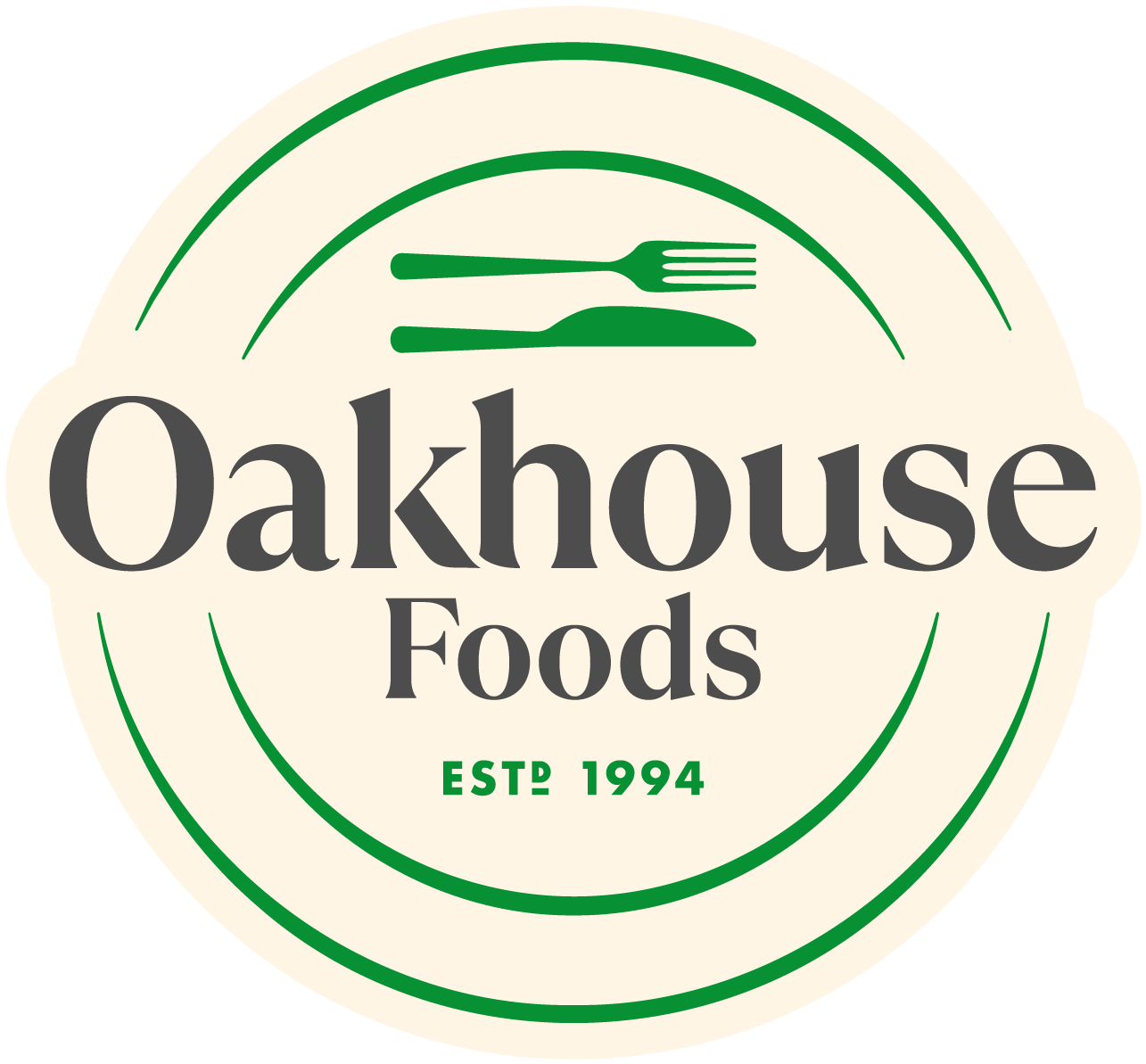The legendary Cheese Rolling Championship is a classic British tradition that a lot of people know about but never really give it much thought. However, as we have brought it to light in our email we thought we would give you an insight into the competitive world of cheese chasing!  The Cooper's Hill Cheese-Rolling and Wake is an annual event held on the Spring Bank Holiday at Cooper's Hill, near Gloucester in England. It was traditionally held by and for the people who live in the local village of Brockworth, Gloucestershire, but now people from all over the world take part. The Guardian newspaper called it a "world-famous event", with winners from the United States, Australia, New Zealand and Nepal.
From the top of the hill, a 7–9 pounds (3–4 kilograms) round of Double Gloucester cheese is sent rolling down the hill, and competitors then start racing down the hill after it. The first person over the finish line at the bottom of the hill wins the cheese. The competitors are aiming to catch the cheese; however, it has around a one-second head start and can reach speeds up to 70 miles per hour (110 kilometres per hour), enough to knock over and injure a spectator. In the 2013 competition, a foam replica replaced the cheese for reasons of safety. The winner was given the prize of an actual cheese after the competition.
The Cooper's Hill Cheese-Rolling and Wake is an annual event held on the Spring Bank Holiday at Cooper's Hill, near Gloucester in England. It was traditionally held by and for the people who live in the local village of Brockworth, Gloucestershire, but now people from all over the world take part. The Guardian newspaper called it a "world-famous event", with winners from the United States, Australia, New Zealand and Nepal.
From the top of the hill, a 7–9 pounds (3–4 kilograms) round of Double Gloucester cheese is sent rolling down the hill, and competitors then start racing down the hill after it. The first person over the finish line at the bottom of the hill wins the cheese. The competitors are aiming to catch the cheese; however, it has around a one-second head start and can reach speeds up to 70 miles per hour (110 kilometres per hour), enough to knock over and injure a spectator. In the 2013 competition, a foam replica replaced the cheese for reasons of safety. The winner was given the prize of an actual cheese after the competition.
 The Cooper's Hill Cheese-Rolling and Wake is an annual event held on the Spring Bank Holiday at Cooper's Hill, near Gloucester in England. It was traditionally held by and for the people who live in the local village of Brockworth, Gloucestershire, but now people from all over the world take part. The Guardian newspaper called it a "world-famous event", with winners from the United States, Australia, New Zealand and Nepal.
From the top of the hill, a 7–9 pounds (3–4 kilograms) round of Double Gloucester cheese is sent rolling down the hill, and competitors then start racing down the hill after it. The first person over the finish line at the bottom of the hill wins the cheese. The competitors are aiming to catch the cheese; however, it has around a one-second head start and can reach speeds up to 70 miles per hour (110 kilometres per hour), enough to knock over and injure a spectator. In the 2013 competition, a foam replica replaced the cheese for reasons of safety. The winner was given the prize of an actual cheese after the competition.
The Cooper's Hill Cheese-Rolling and Wake is an annual event held on the Spring Bank Holiday at Cooper's Hill, near Gloucester in England. It was traditionally held by and for the people who live in the local village of Brockworth, Gloucestershire, but now people from all over the world take part. The Guardian newspaper called it a "world-famous event", with winners from the United States, Australia, New Zealand and Nepal.
From the top of the hill, a 7–9 pounds (3–4 kilograms) round of Double Gloucester cheese is sent rolling down the hill, and competitors then start racing down the hill after it. The first person over the finish line at the bottom of the hill wins the cheese. The competitors are aiming to catch the cheese; however, it has around a one-second head start and can reach speeds up to 70 miles per hour (110 kilometres per hour), enough to knock over and injure a spectator. In the 2013 competition, a foam replica replaced the cheese for reasons of safety. The winner was given the prize of an actual cheese after the competition.
